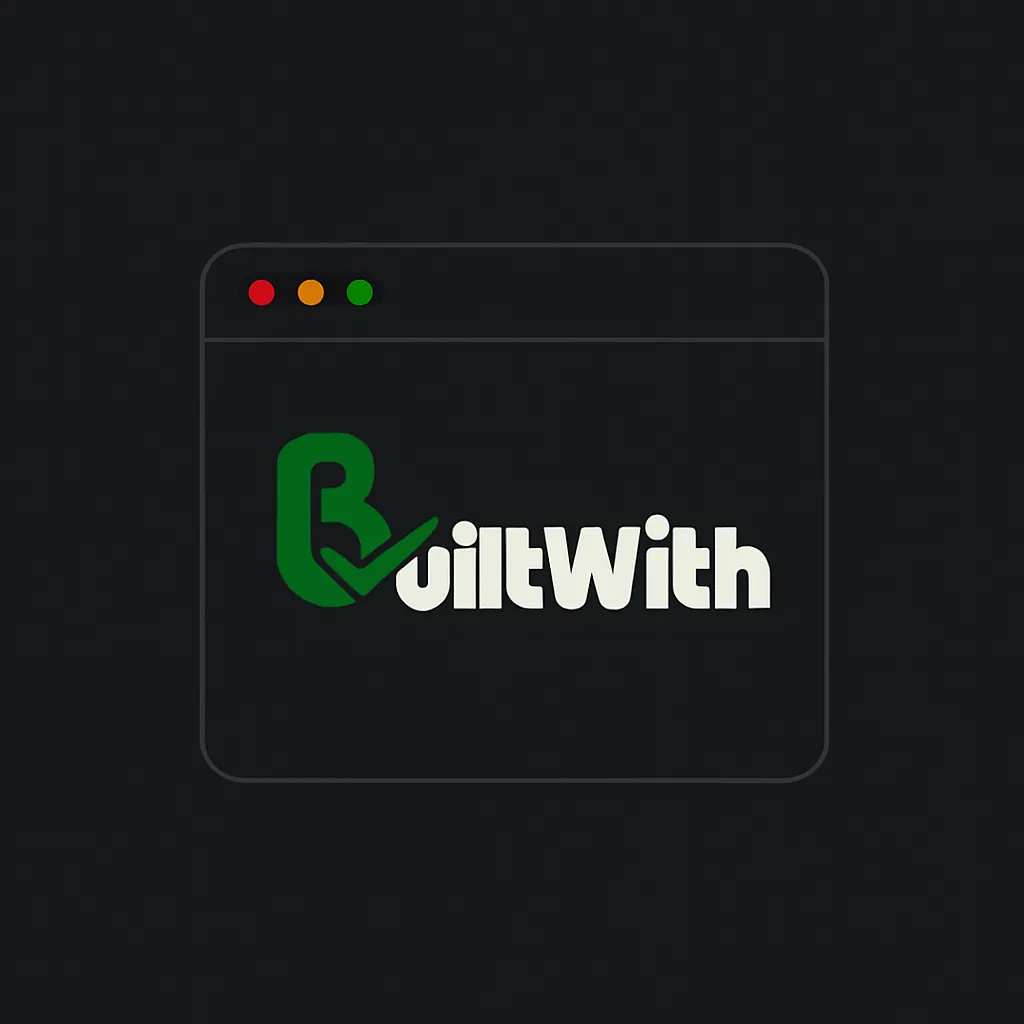Curl and xh are my first go-to tools for understanding any web service. Popping the hood and checking the headers is a solid way to get the lay of the land.
xhs -h givewithclick.com
That quick peek often tells you what web server is running, whether the site enforces HTTPS, and what sort of caching or CDNs might be in play. But beyond that? You’re left with a pile of HTML, JavaScript, and linked resources to sift through — if you’ve got time for that.
I usually don’t.
That’s where BuiltWith.com earns its keep.
BuiltWith crawls a website and does all the heavy lifting. It extracts and identifies web servers, frameworks, CMSs, e-commerce platforms, tracking pixels, JS libraries, CDN providers, analytics tools, marketing tech, and more—all wrapped up in a well-organized report.
It’s like having X-ray vision for tech stacks.
Want to know if a site uses React, Vue, or some obscure frontend framework? Check BuiltWith. Need to confirm whether Stripe, Braintree, or something stranger is handling the payments? BuiltWith. Curious if they’re using WordPress or a headless CMS? Yep — BuiltWith.
Better yet, you can compare multiple sites side-by-side, uncover patterns, and even reverse-engineer market trends. It’s useful for technical sleuthing, competitor analysis, and any other research task. I’ve used it to spot vendors, confirm claims, and even double-check my own deployments from an outsider’s perspective.
You can search by technology instead of just by domain. Want to see who else is using Phoenix LiveView or who’s still stuck on jQuery? You can. It’s like doing a census of the modern web.
BuiltWith doesn’t catch everything, especially with intentionally obfuscated setups, but it’s pure gold for a quick, powerful view into the guts of a website.
Similar tools:
And just in case you are wondering, this blog is built on Phoenix which as of this writing BuiltWith says I am in the company of 10,000 other websites.
